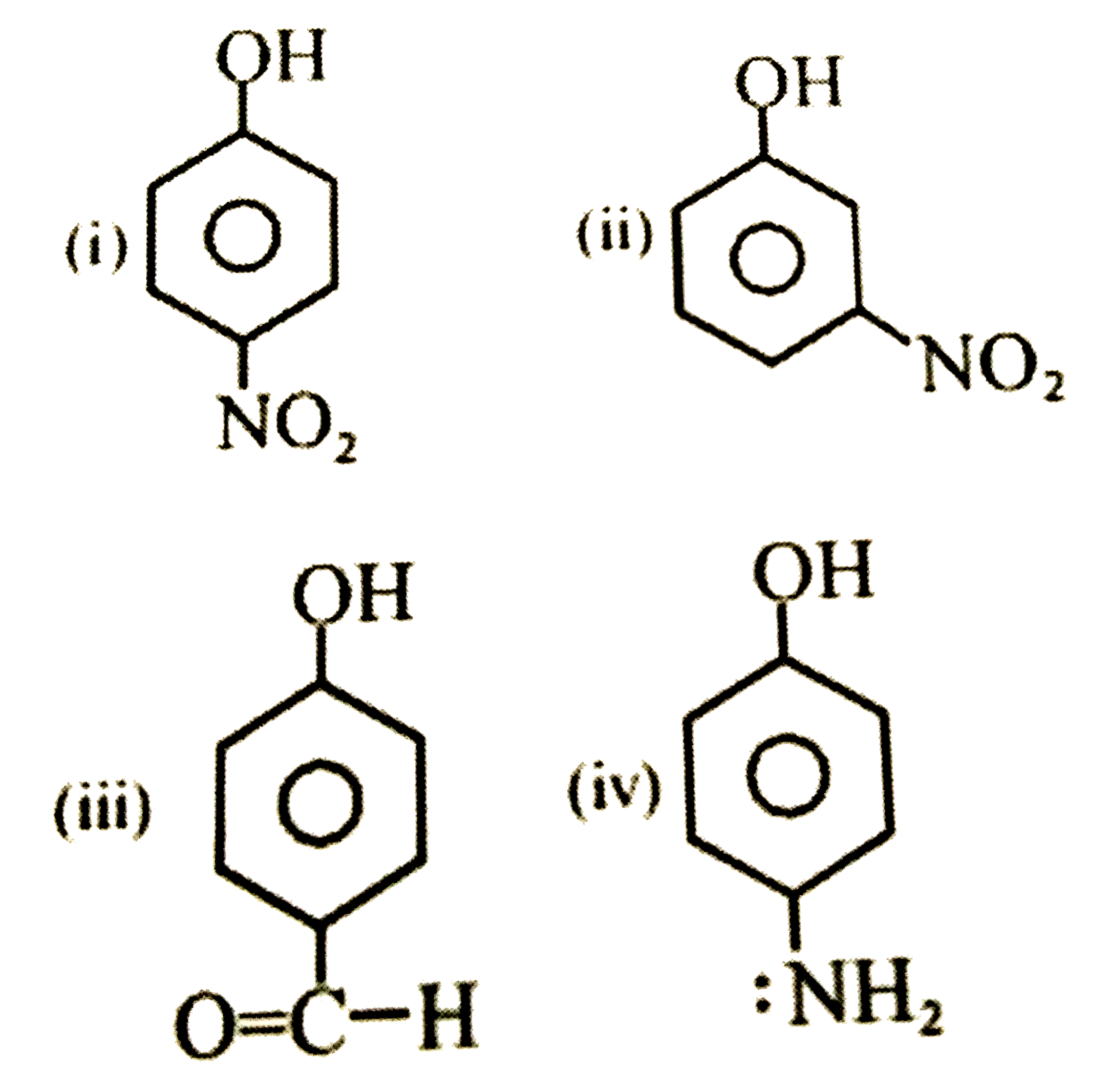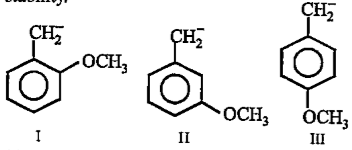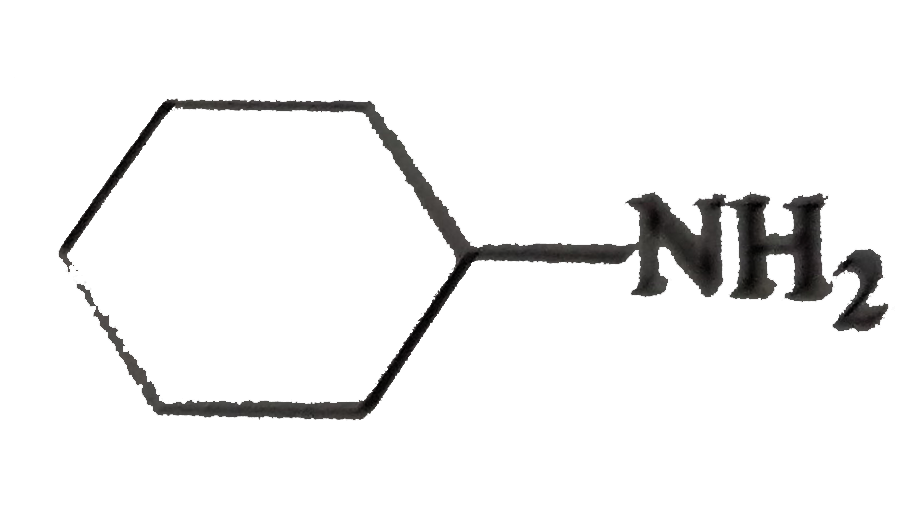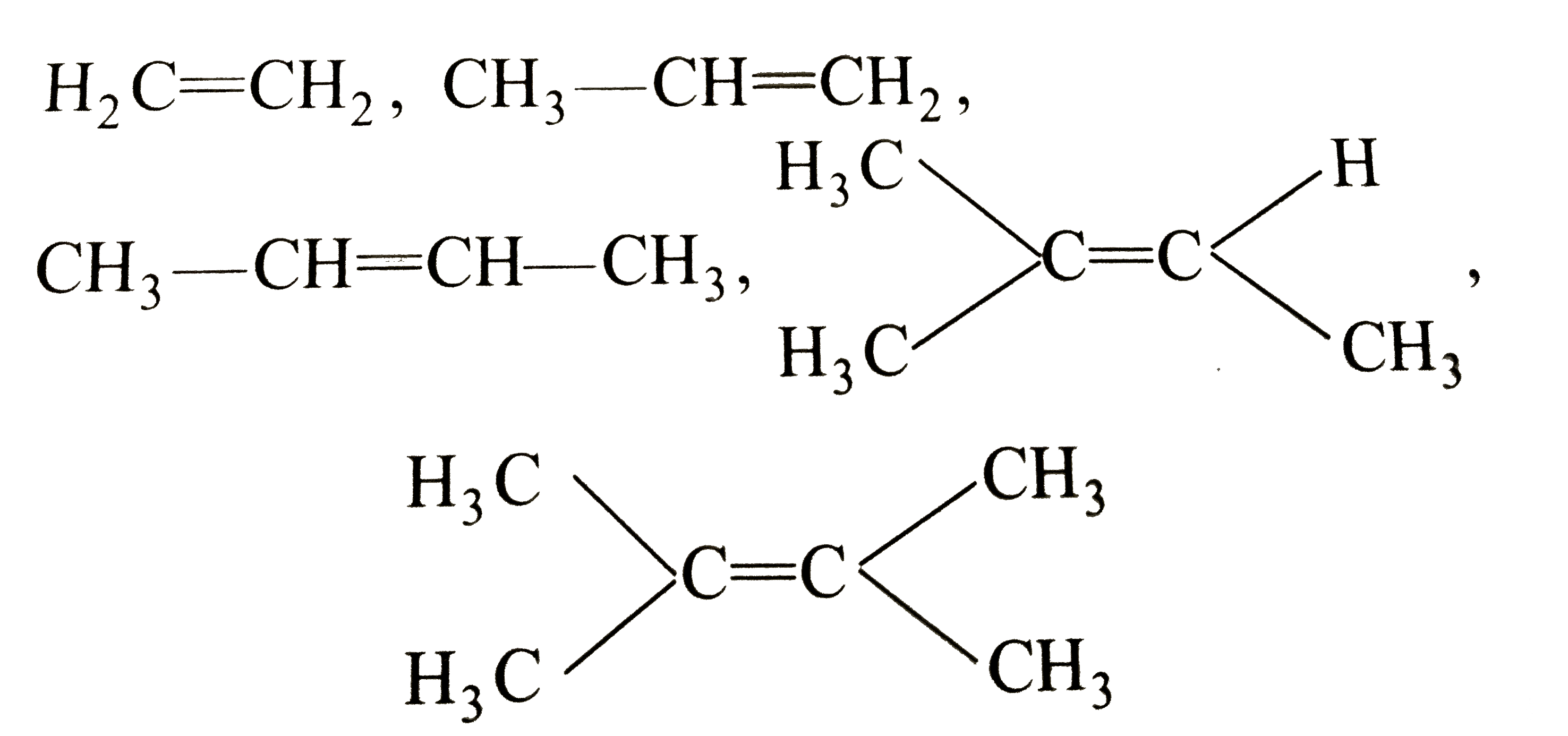Arrange the following in decreasing order of their oxidising power : ClO−4,BrO−4,IO−4.
To arrange the given species ClO−4,BrO−4,IO−4 in decreasing order of their oxidizing power, we need to analyze their structures and the factors affecting their oxidizing abilities.
1. Understanding Oxidizing Agents:
- An oxidizing agent is a substance that can accept electrons in a chemical reaction. The stronger the oxidizing agent, the more readily it accepts electrons.
2. Analyzing the Species:
- We have three species: ClO−4, BrO−4, and IO−4. All these species contain a central halogen atom (Cl, Br, I) bonded to four oxygen atoms.
3. Oxidation States:
- In ClO−4, chlorine is in the +7 oxidation state.
- In BrO−4, bromine is also in the +7 oxidation state.
- In IO−4, iodine is in the +7 oxidation state.
- All three species have the same oxidation state for the central atom, but the ability to act as an oxidizing agent varies.
4. Size and Electronegativity:
- Chlorine is smaller and more electronegative than bromine and iodine. This means that chlorine can form stronger back-bonding with oxygen, which stabilizes its oxidation state and reduces its oxidizing power.
- Bromine is larger than chlorine but smaller than iodine. It has less effective back-bonding than chlorine, leading to a moderate oxidizing power.
- Iodine, being the largest, has the least effective back-bonding and thus can act as a stronger oxidizing agent compared to chlorine and bromine.
5. Conclusion:
- Based on the above analysis, the order of oxidizing power from highest to lowest is:
IO−4>BrO−4>ClO−4
Final Answer:
The decreasing order of oxidizing power is:
IO−4>BrO−4>ClO−4
- An oxidizing agent is a substance that can accept electrons in a chemical reaction. The stronger the oxidizing agent, the more readily it accepts electrons.
- We have three species: ClO−4, BrO−4, and IO−4. All these species contain a central halogen atom (Cl, Br, I) bonded to four oxygen atoms.
- In ClO−4, chlorine is in the +7 oxidation state.
- In BrO−4, bromine is also in the +7 oxidation state.
- In IO−4, iodine is in the +7 oxidation state.
- All three species have the same oxidation state for the central atom, but the ability to act as an oxidizing agent varies.
- Chlorine is smaller and more electronegative than bromine and iodine. This means that chlorine can form stronger back-bonding with oxygen, which stabilizes its oxidation state and reduces its oxidizing power.
- Bromine is larger than chlorine but smaller than iodine. It has less effective back-bonding than chlorine, leading to a moderate oxidizing power.
- Iodine, being the largest, has the least effective back-bonding and thus can act as a stronger oxidizing agent compared to chlorine and bromine.
- Based on the above analysis, the order of oxidizing power from highest to lowest is:
IO−4>BrO−4>ClO−4
The decreasing order of oxidizing power is:
IO−4>BrO−4>ClO−4
Topper's Solved these Questions
- BOOK - PRADEEPCHAPTER - P-BLOCK ELEMENTS EXERCISE - MATCHING TYPE QUESTIONS9videos
P-BLOCK ELEMENTS
- BOOK - PRADEEPCHAPTER - P-BLOCK ELEMENTS EXERCISE - ASSERTION AND REASON TYPE QUESTIONS6videos
P-BLOCK ELEMENTS
- BOOK - PRADEEPCHAPTER - P-BLOCK ELEMENTS EXERCISE - MCQ - II10videos
P-BLOCK ELEMENTS
- BOOK - PRADEEPCHAPTER - ORGANIC COMPOUNDS CONTAINING NITROGENEXERCISE - IMPORTANT QUESTIONS FOR BOARD EXAMINATION27videos
ORGANIC COMPOUNDS CONTAINING NITROGEN
- BOOK - PRADEEPCHAPTER - POLYMERSEXERCISE - IMPORTANT Questions (For Board Examination)27videos
POLYMERS
Similar Questions
Knowledge Check
- Question 1 - Select One
Arrange the following in decreasing order of acidity ?
 AIV>II>I>IIIBIV>II>III>ICIII>I>II>IVDI>III>II>IV
AIV>II>I>IIIBIV>II>III>ICIII>I>II>IVDI>III>II>IV - Question 2 - Select One
Reduction potentials of same ions are given below. Arrange them in decreasing order of oxidising power.
IonClO−4IO−4BrO−4Reduction potentialE∘/VE−=1.19VE−=1.65VE−=1.74VAClO–4>IO–4>BrO–4BIO−4>BrO−4>ClO−4CBrO−4>IO−4>ClO−4DBrO−4>ClO−4>IO−4 - Question 3 - Select One
Reduction potential of some ions are given below. Arrange them in decreasing order of oxidising power.
IonClO−4IO−4BrO−4ReductionEΘEΘ=1.65VEΘ=1.74Vpotential EΘ/VAClO−4>IO−4>BrO−4BIO−4>BrO−4>ClO−4CBrO−4>IO−4>ClO−4DBrO−4>ClO−4>IO−4
Arrange the following in decreasing order of acidity
 View Solution
View SolutionArrange the following in decreasing order of stability.
 View Solution
View SolutionArrange the following in decreasing order of basicity:
 View Solution
View SolutionArrange the following in decreasing order of stability:
 View Solution
View SolutionReduction potentials of some ions are given below. Arrange them in decreasing order of oxidising power.
Ion CiO−4 IO−4 BrO−4
Reduction EΘ=1.19V EΘ=1.65V EΘ=1.74
potential EΘ/VView Solution



